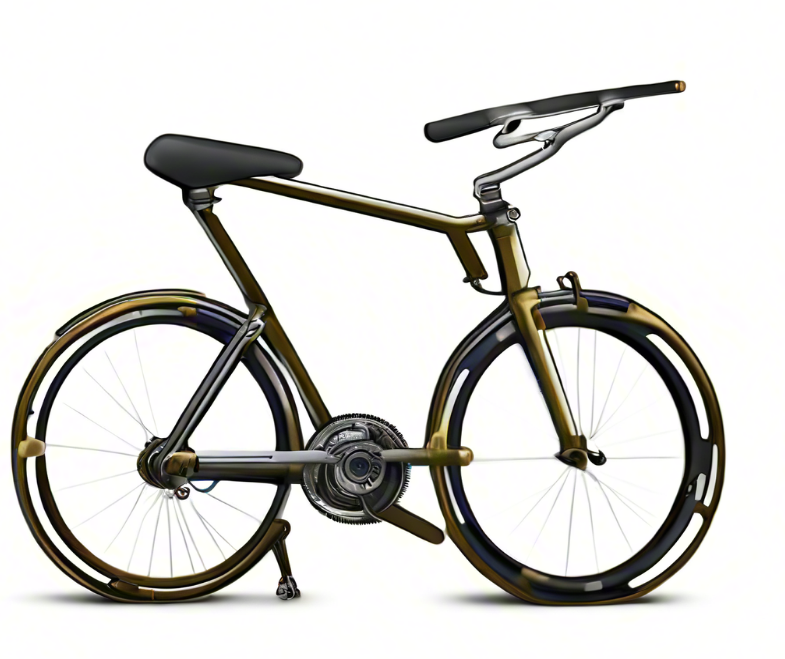
Un tesoro de creatividad que ilumina la vida.

In the realm of cycling, the gear shifting system has evolved significantly over the years, transforming from simplistic derailleurs to sophisticated electronic mechanisms. However, the pursuit of perfection and innovation never ceases, as cyclists continue to seek smoother, faster, and more intuitive ways to navigate various terrains and maintain optimal pedaling efficiency. This article delves into visionary ideas for improving the bicycle gear shifting system, envisioning a future where cycling becomes an even more seamless and enjoyable experience.
Imagine a bicycle equipped with an AI-powered gear shifting system that learns from your riding patterns and preferences. By analyzing speed, cadence, heart rate, and even terrain data, this system would automatically adjust gears to ensure maximum efficiency and comfort. For instance, it could anticipate upcoming hills and preemptively downshift, or recognize when you’re sprinting and swiftly upshift to maintain momentum. This intelligent integration would revolutionize the way cyclists interact with their bikes, eliminating the need for manual shifting altogether.
Current derailleur systems often require intricate cable routing and maintenance, which can be cumbersome and prone to failure. A revolutionary approach would involve designing fully wireless, modular derailleurs that communicate seamlessly with the bike’s control unit via Bluetooth or similar technologies. This not only simplifies installation and maintenance but also allows for easy customization and upgrades. Riders could swap out derailleurs for different riding styles or terrains, enhancing versatility and performance.
Pushing the boundaries of traditional frame design, a concept that incorporates shape-shifting technology could revolutionize gear shifting. Imagine a frame that subtly adjusts its geometry in response to gear changes, altering the effective length of the chainstay or seat tube to achieve a wider range of gear ratios without the need for traditional derailleurs. This futuristic approach would require advanced materials science and precision engineering but could lead to a cleaner, lighter, and more integrated gear shifting experience.
To enhance the tactile experience of gear shifting, integrating haptic feedback technology into shifters could provide riders with instant, intuitive feedback. As you shift gears, subtle vibrations or resistance changes through the shifter would confirm the gear change, reducing the need for visual confirmation and allowing riders to keep their eyes on the road. This feature would be particularly beneficial in high-speed or challenging riding conditions where split-second decisions matter.
In an era where sustainability is paramount, an eco-friendly gear shifting system that harnesses energy from the rider’s pedaling motion could be a game-changer. By incorporating tiny generators within the drivetrain, each gear shift could contribute to charging the bike’s battery, powering lights, or even assisting with electric assistance. This innovative approach not only reduces the environmental impact of cycling but also promotes self-sufficiency and extends the bike’s range.
The future of bicycle gear shifting systems holds immense potential for innovation, driven by advancements in technology, materials science, and user-centric design. From AI-assisted shifting to eco-friendly energy harvesting, these visionary ideas aim to elevate the cycling experience to new heights. As the industry continues to evolve, it’s exciting to imagine the possibilities that lie ahead, where bicycles become even more intelligent, efficient, and enjoyable partners on our journeys.